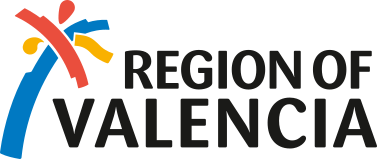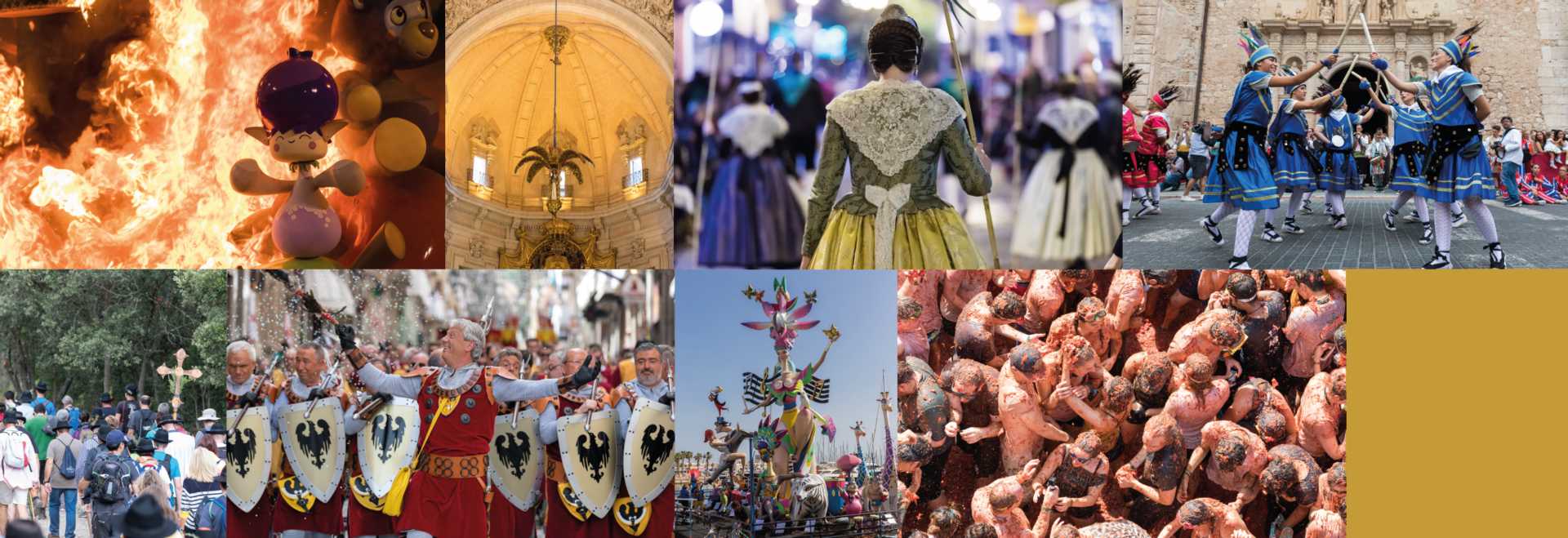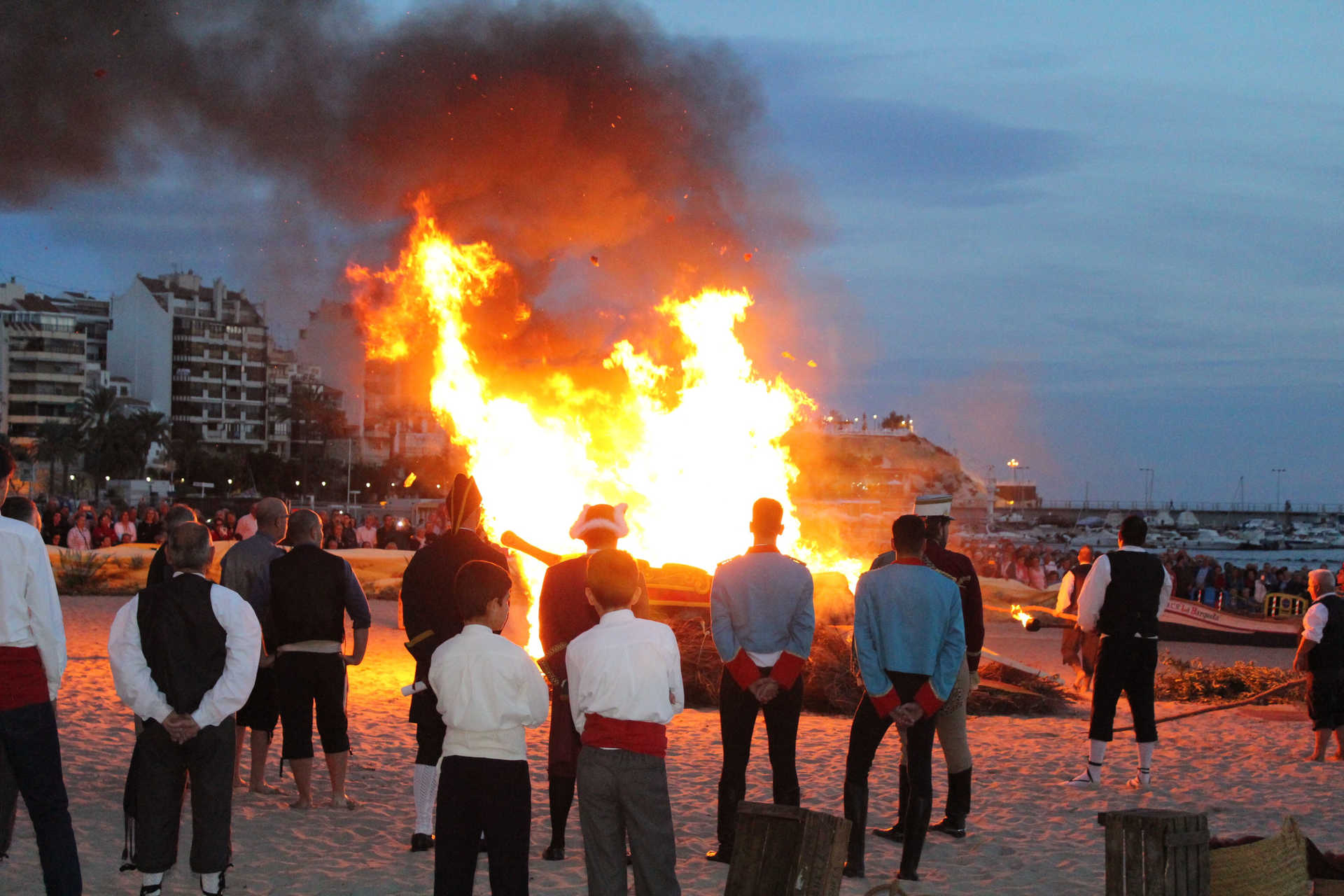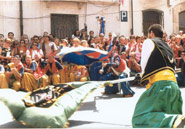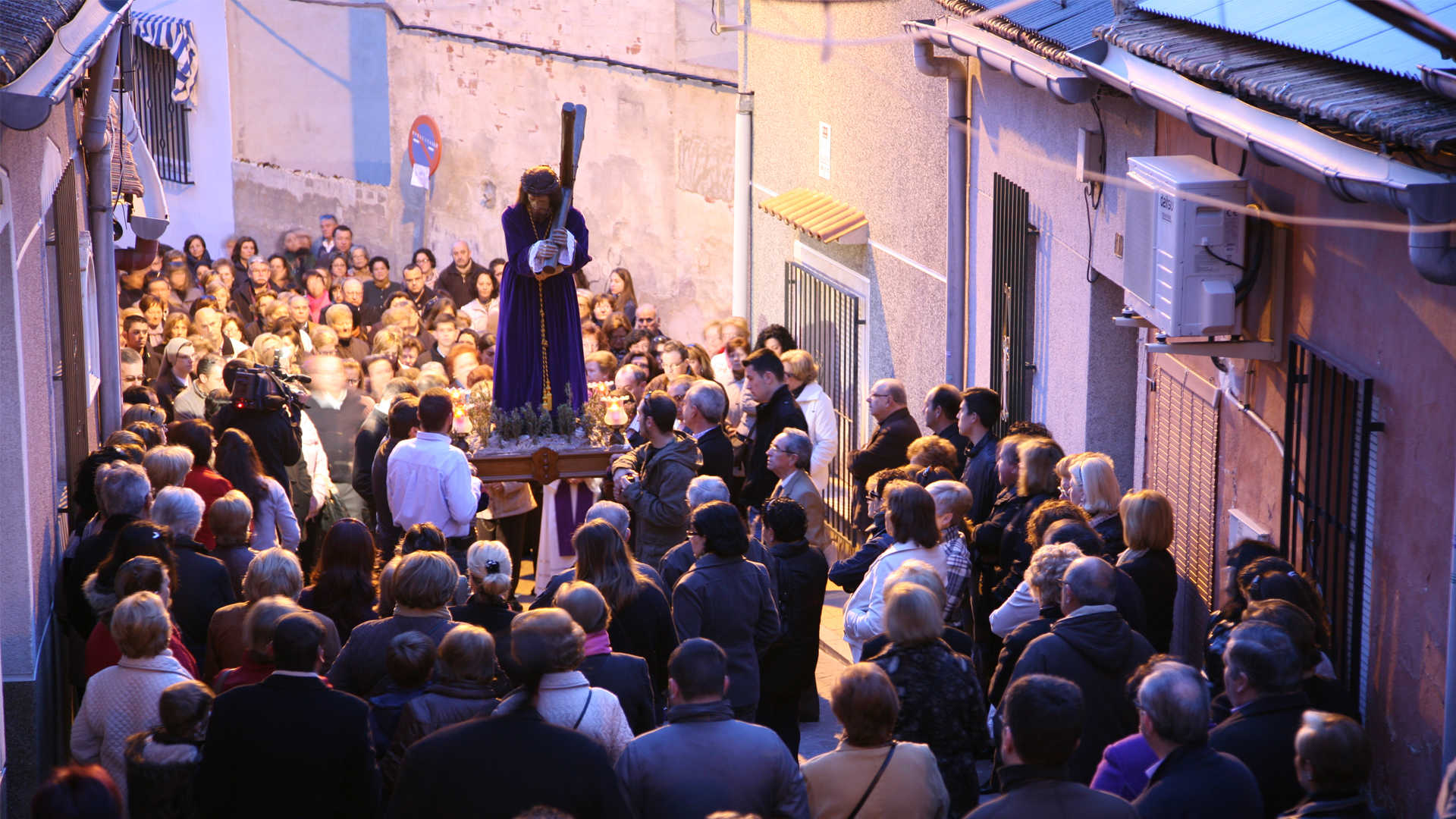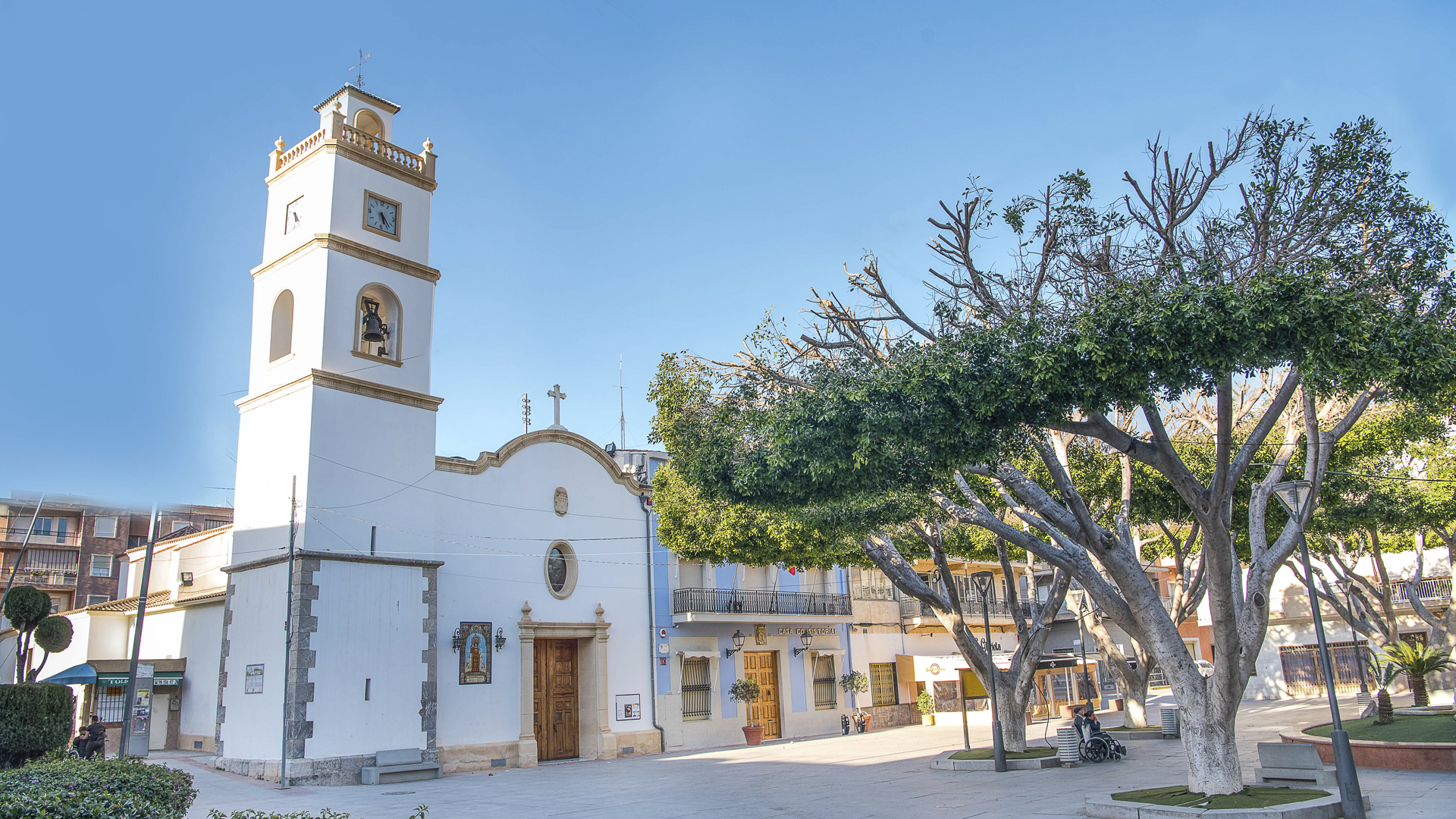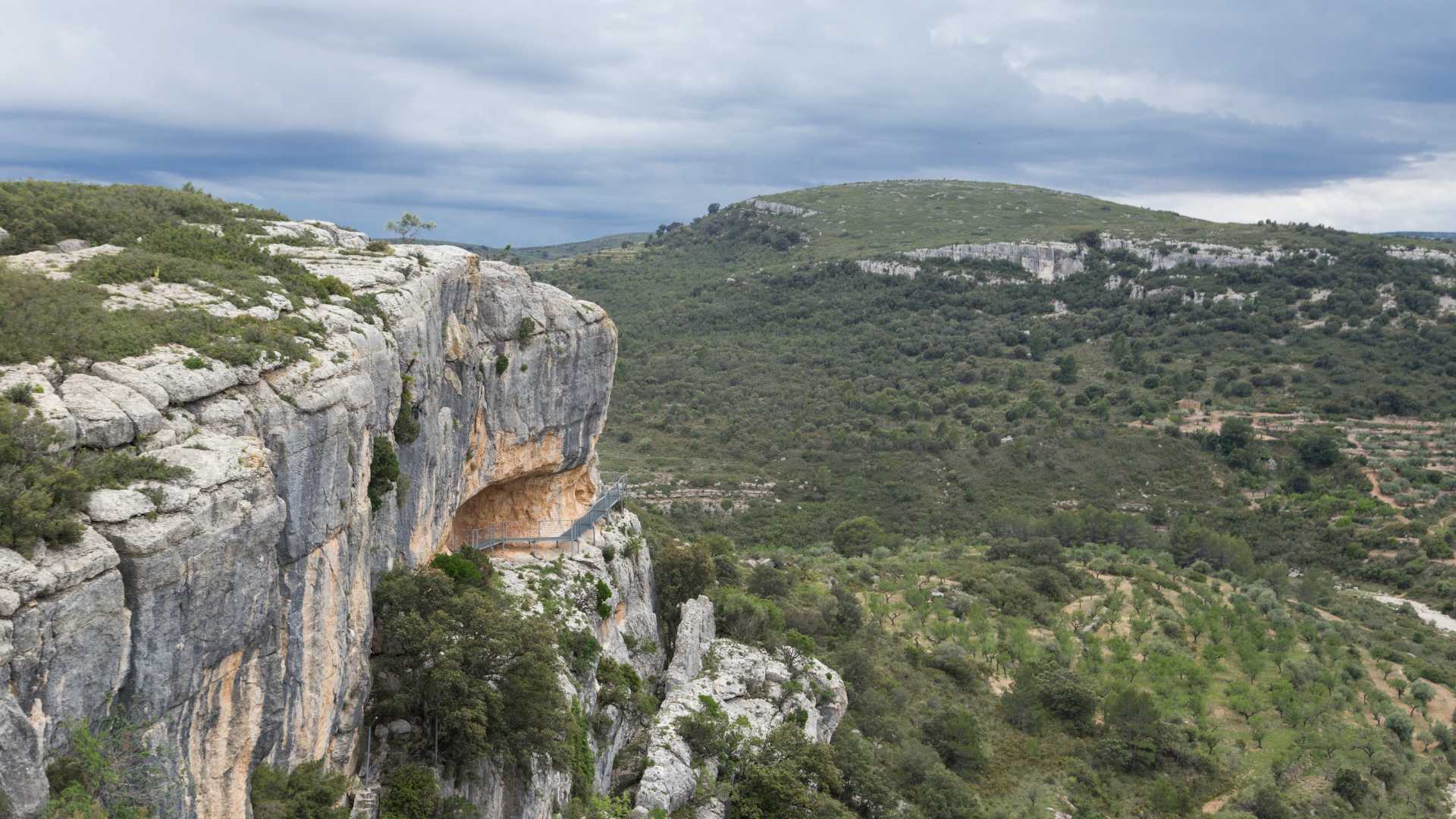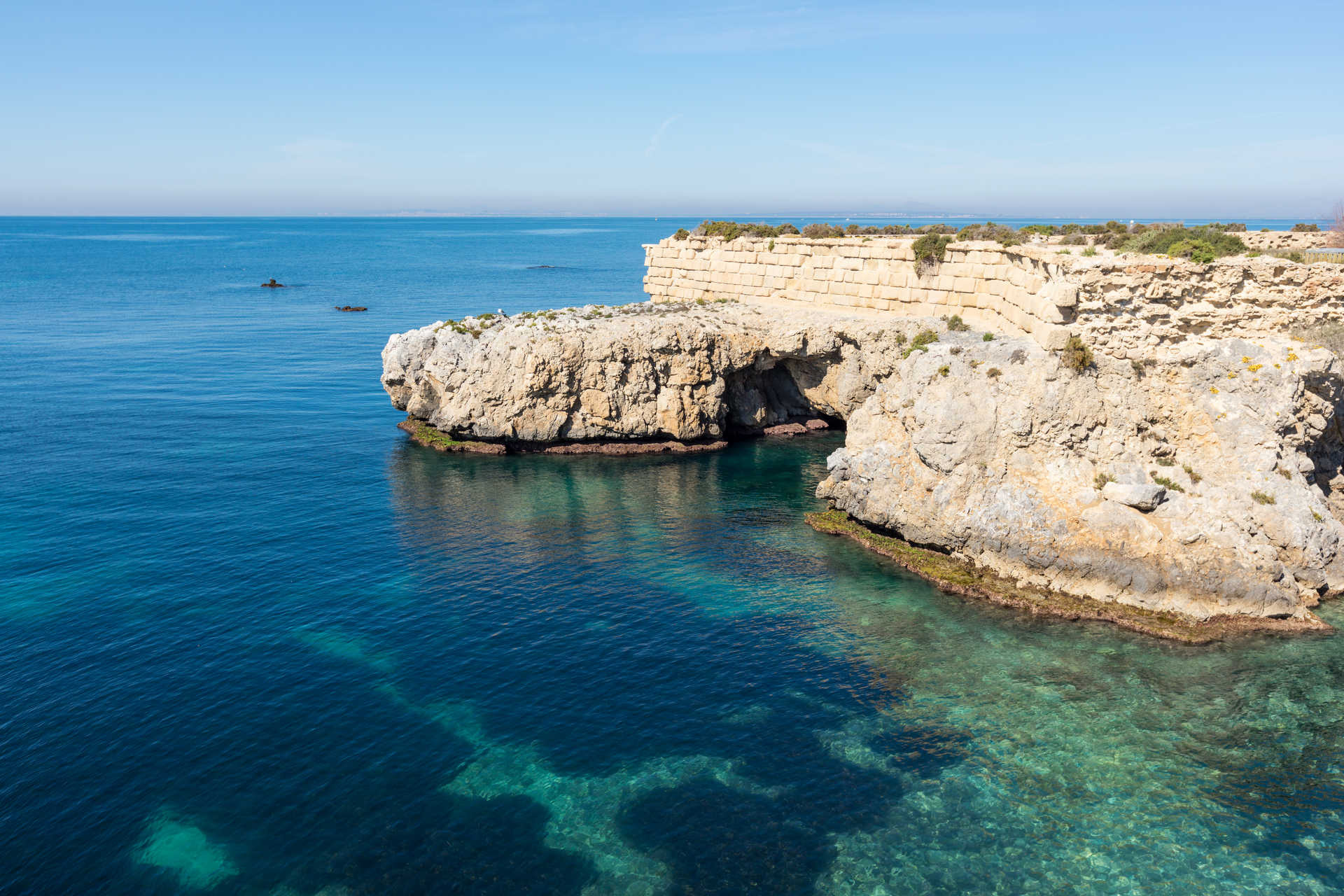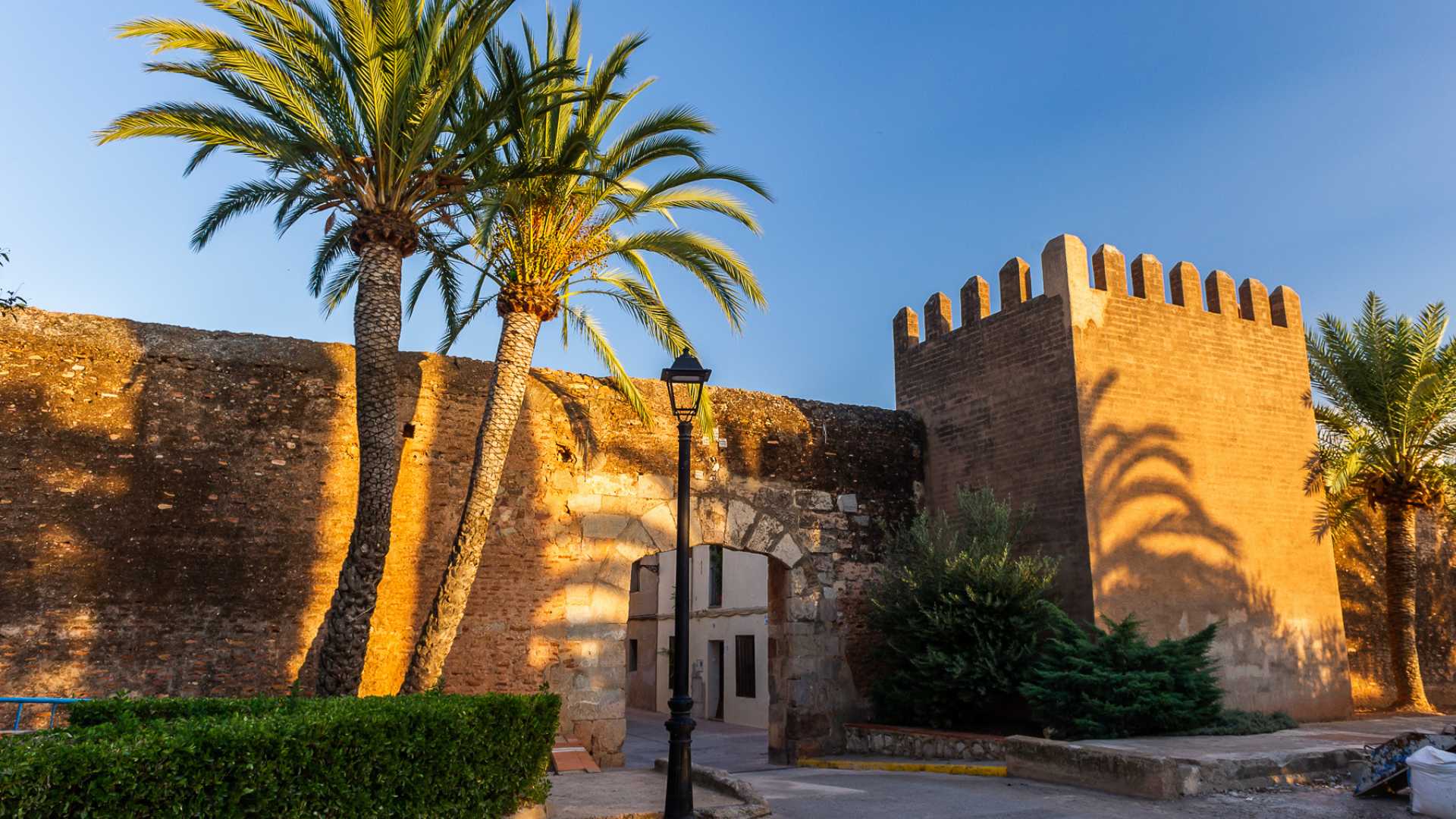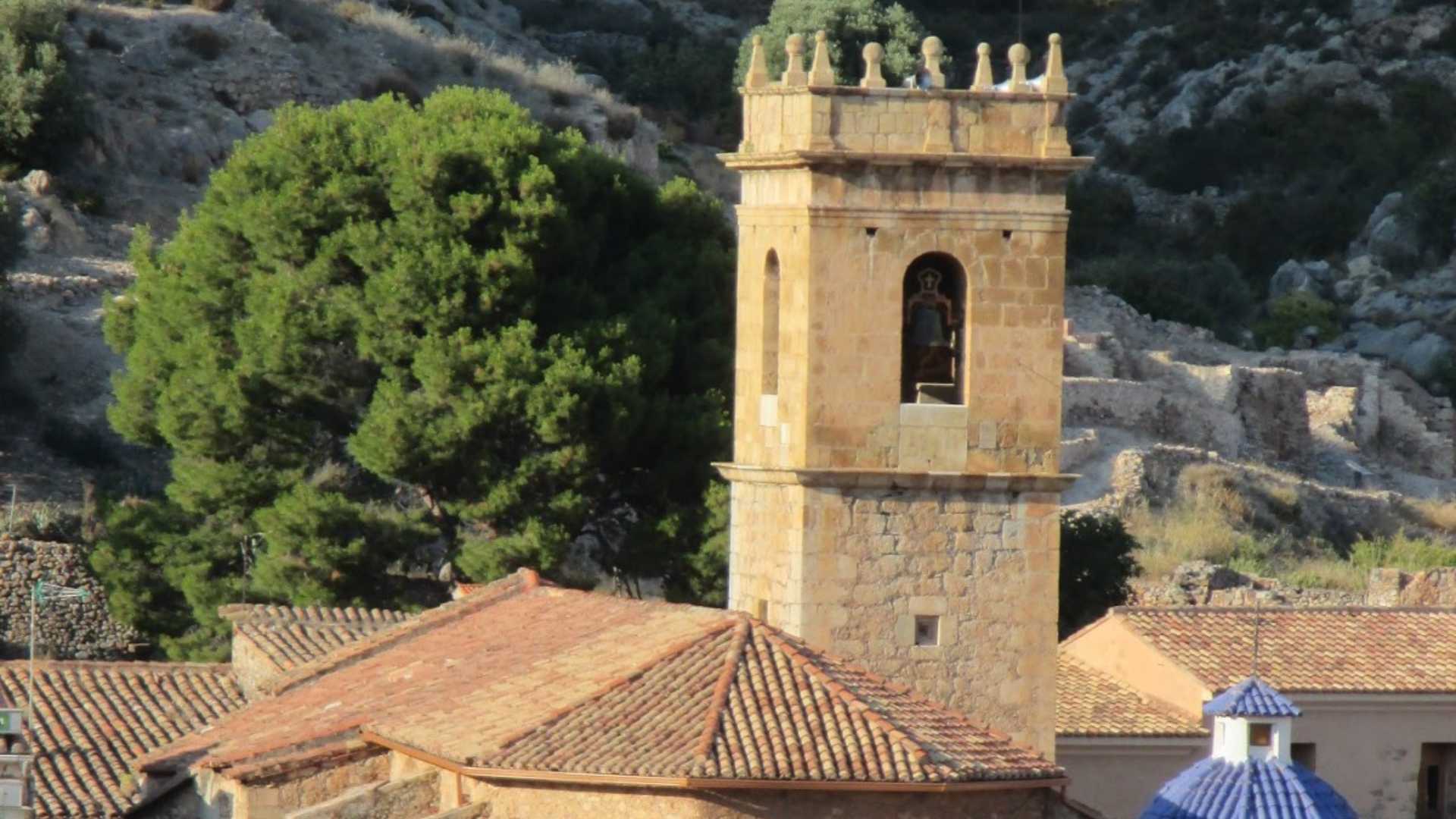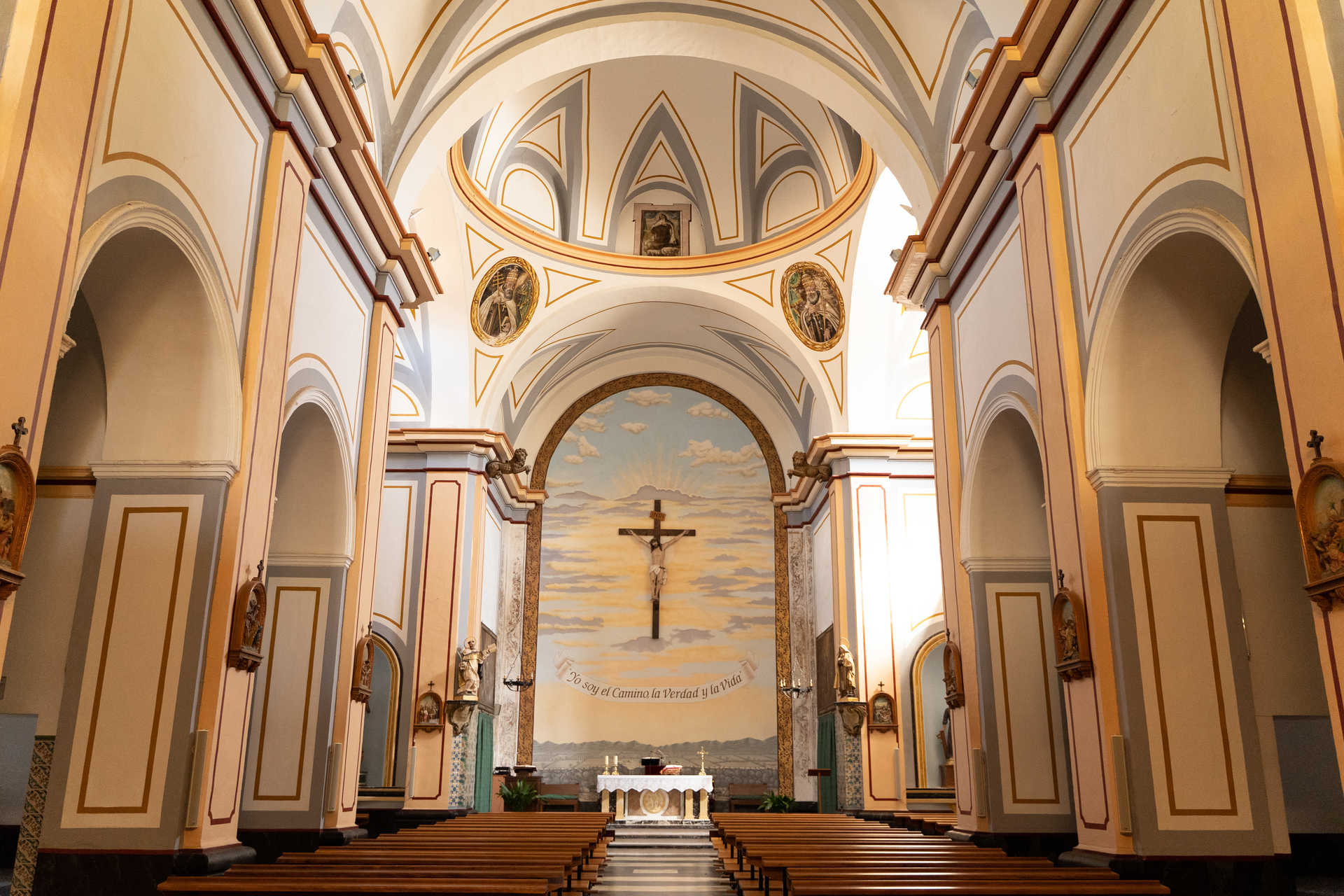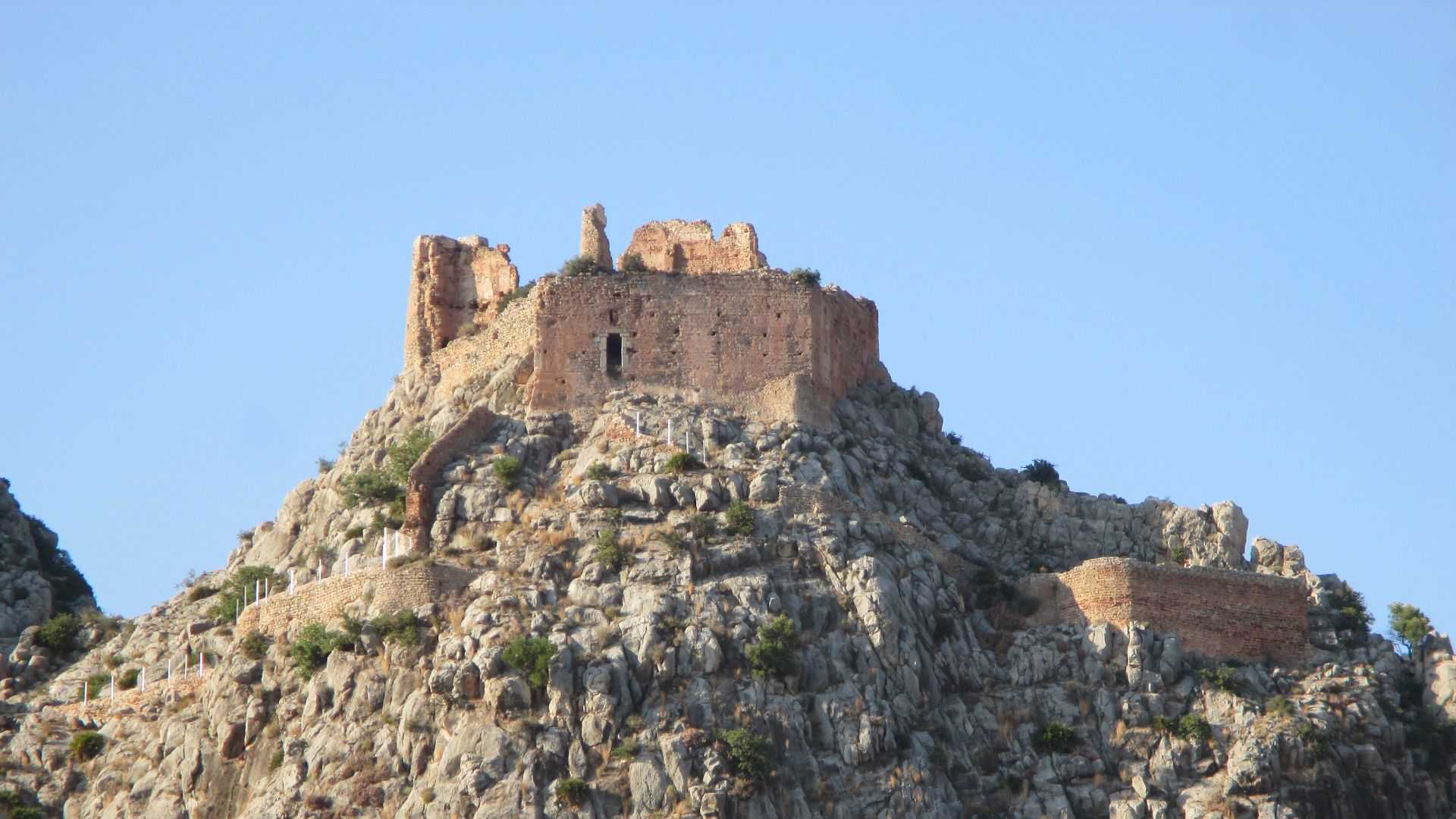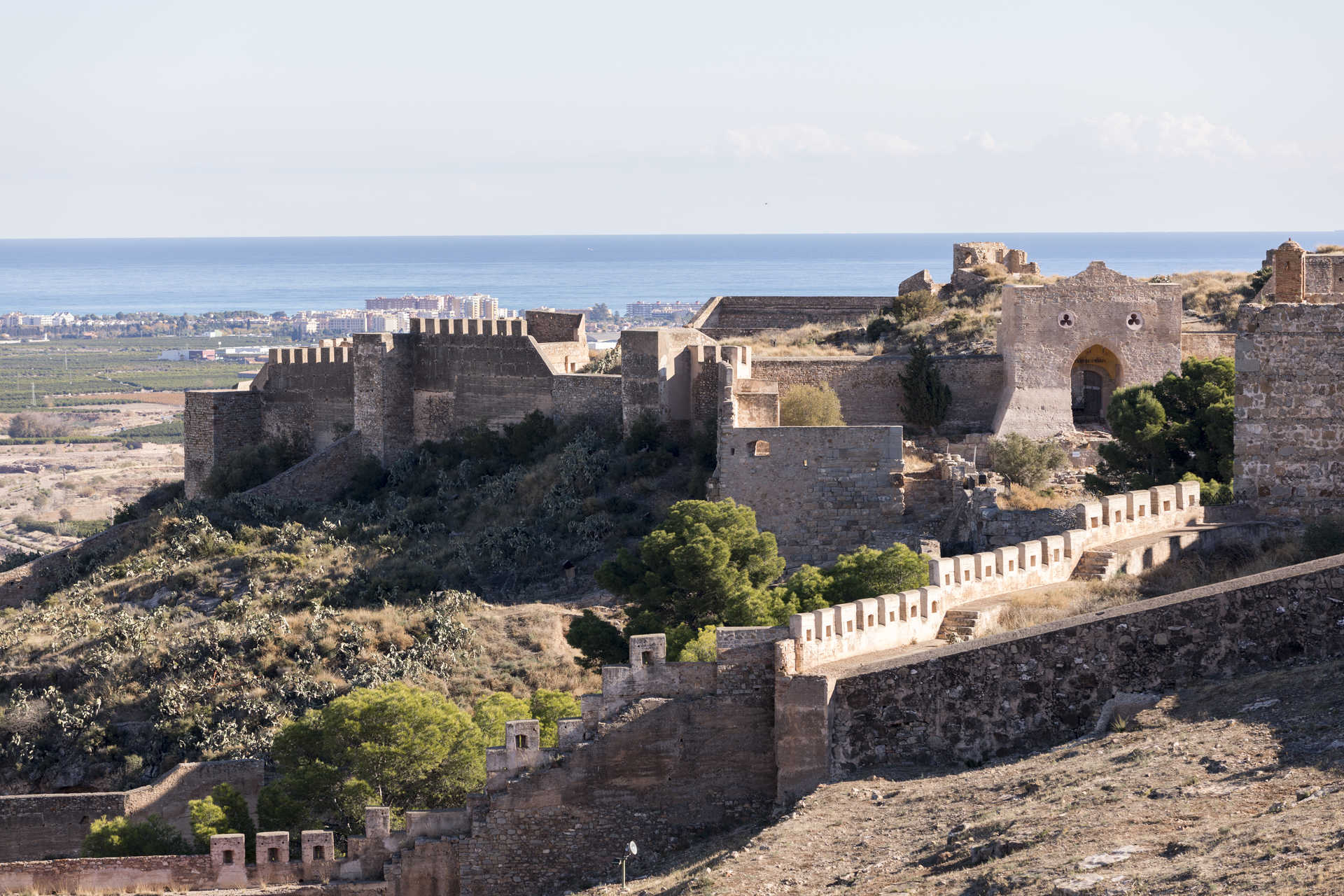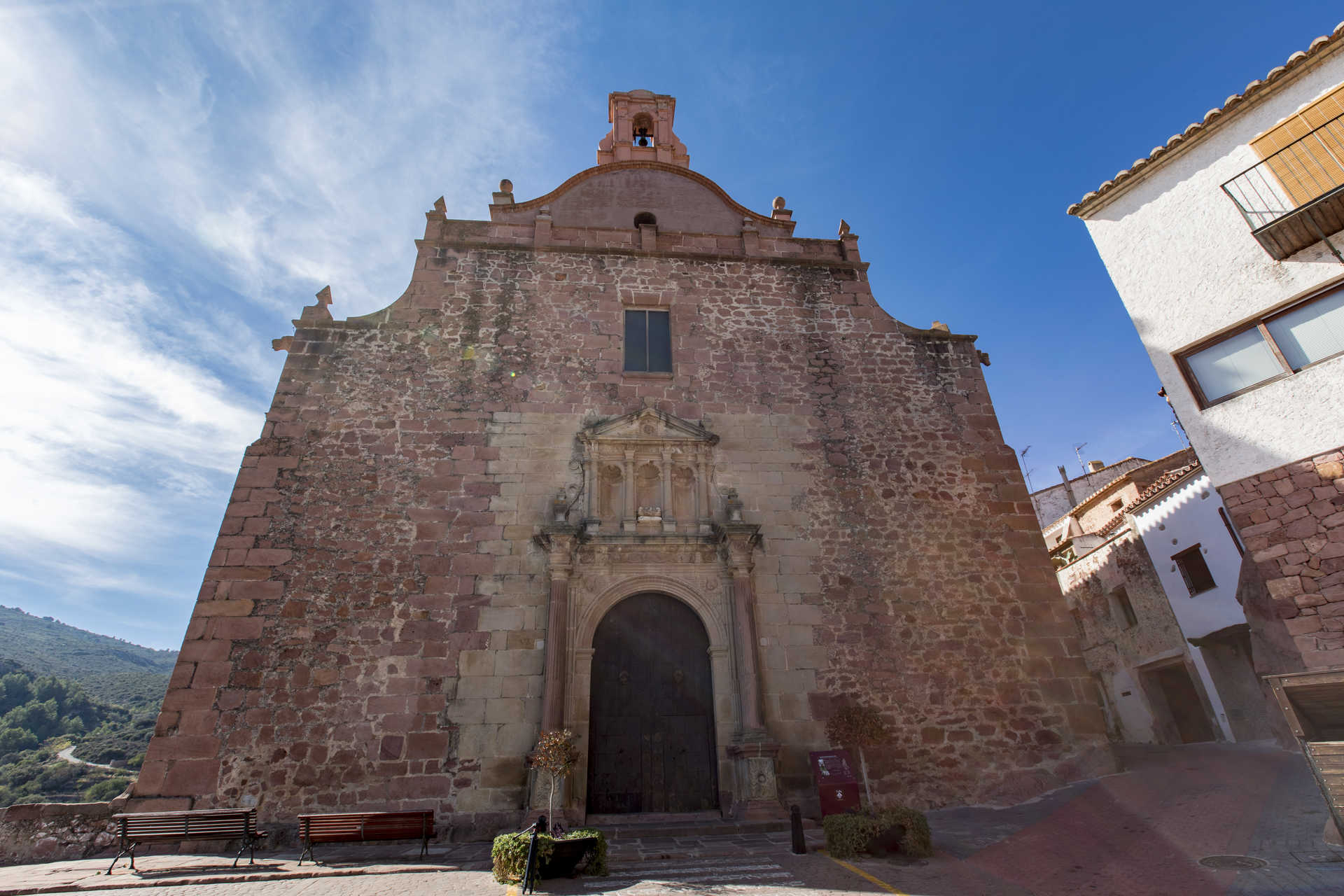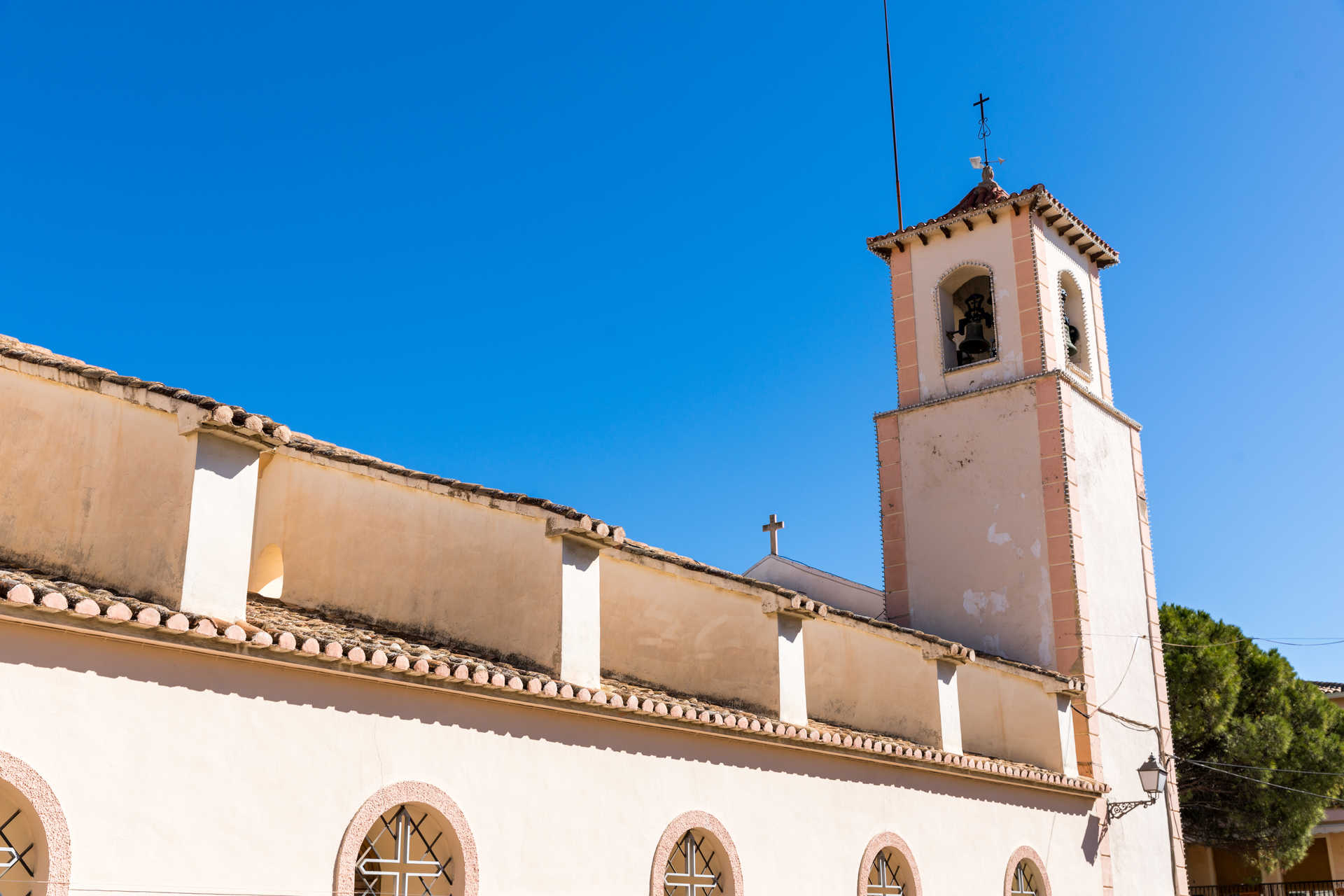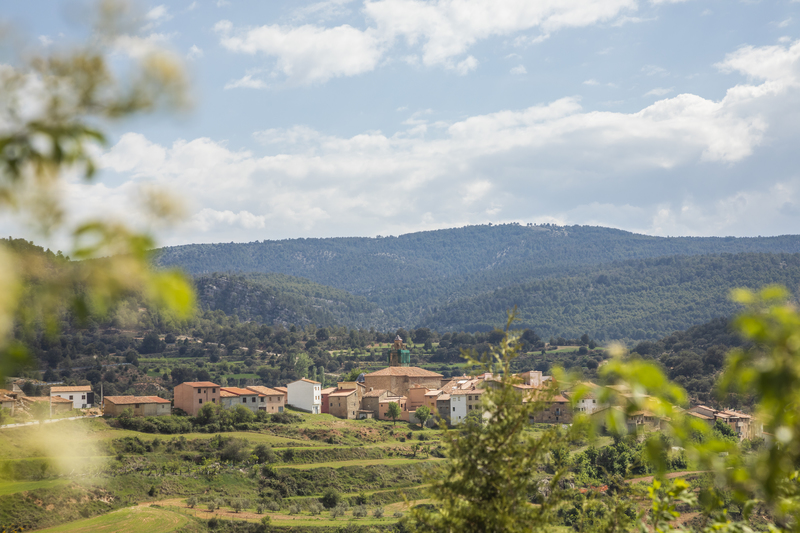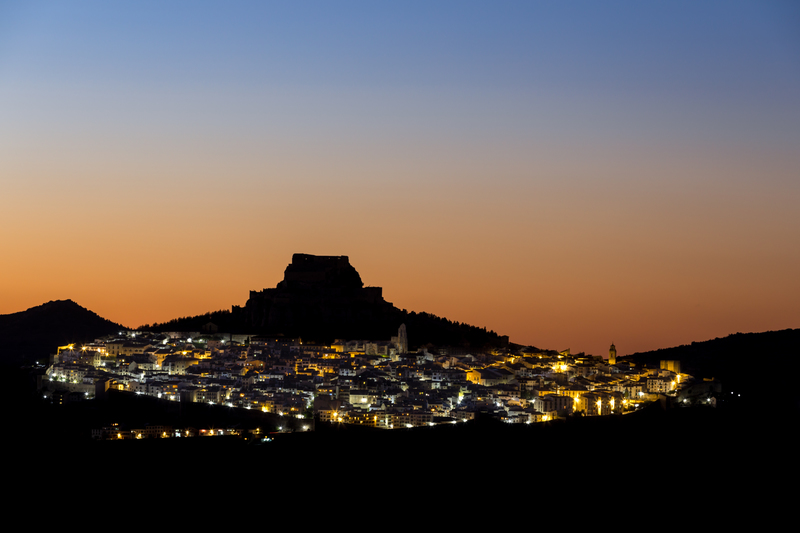Essentials
If you choose inner places to discover its history and its unusual landscape, places like Bocairent, Requena, Morella, Sant Mateu, Biar, the Castell de Guadalest are some of the municipalities that you will not want to miss. And to discover the pure Mediterranean essence, a walk through the streets of Jávea, Peñíscola or Gandia, among others, will be an authentic delight. A day of sun and beach in a unique environment!
In addition, the traditional and homemade cuisine of each of the places will put the finishing touch to your stay. You cannot say you have visited us without tasting the paella made on wood-fire or some rice made with traditional ingredients. An experience your palate will never forget!
Have you visited Convento del Carmen, El Carmen Convent, in Cox? Founded in 1611 by the Discalced Carmelites, this historic landmark replaced a small medieval chapel dedicated to Nuestra Señora de las Virtudes. For over two centuries, the convent was the town’s religious heart. During the 19th-century ecclesiastical confiscations, the convent faced closure, but the local marquess purchased the property at auction to preserve it. Thanks to this noble act, Cox retained its sanctuary and could continue to celebrate its traditional festival in honour of Nuestra Señora del Carmen. Be sure to explore this remarkable site and enjoy a visit to the charming town of Cox in the province of Alicante.
Visit Parque Cultural Valltorta Gassulla, Valltorta Gassulla Cultural Park, in Albocàsser to experience the first ever cultural park in the Region of Valencia. Established in 1998, its creation marked the same year that the Rock Art of the Mediterranean Basin on the Iberian Peninsula was recognised as a UNESCO World Heritage Site.
The park straddles several towns, including Albocàsser, Ares del Maestrat and Benassal, among others, and is home to numerous rock shelters and caves adorned with vivid depictions of hunting scenes, animals, archers, female figures and more. These extraordinary cave paintings, renowned for their dynamism and movement, are unique masterpieces of prehistoric art that will take you on a journey back in time. Are you ready to explore?
El Conjunto Histórico Artístico de la Isla de Tabarca, the Historic Artistic Centre of Tabarca Island, which floats off the Santa Pola coast, is really delightful. Wandering the narrow streets on the lookout for picturesque spots to photograph is nothing but a joy.
In the 18th century, around the year 1760, walls started to be built around the islet. Their purpose was twofold: to offer military protection and host a stable population. Three gates were built, namely San Miguel (or Alicante) Gate, Levante Gate and Trancada Gate. In terms of layout, there are two main streets, which run perpendicular to each other and meet in the lovely central plaza.
Within the walls, the Historic Artistic Centre of Tabarca Island includes an 18th century church, dedicated to San Pedro and San Pablo, and El Gobernador House.
Outside the walls, you can visit San José Tower, built in 1862, as well as the small cemetery, the lighthouse and the old tuna fishery. It may be small, but the Historic Artistic Centre of Tabarca Island is bursting with history. We’d recommend making your way across the waters to Tabarca Island to do some snorkelling or diving in the clear waters and taking a peaceful stroll around the quintessential streets to find a place where you can dig into some traditional cuisine. Are you up for the adventure?
Mascarell, in Nules, is one of the Region of Valencia’s architectural treasures, famed for being the only fully walled destination in the area. Dating back to the 13th century, the town wall is a quandrangular site that is 620m long, 120cm thick and 6m tall. History is palpable here.
Although Mascarell doesn’t have merlons, it does have four towers that are strategically located in the centre of each side and at the two gates, which face east and west, enabling access into the town. In the past, the walls were encircled by a moat, which has now been converted into an irrigation channel.
Mascarell’s historic connection with Burriana is evident. In the 13th century, the Muslims that had been expelled from Burriana set up this settlement nearby for shelter. It is believed that the name "Mascarell" originates from the Arabic word Mu’askarum, meaning “encampment”.
If you’re in the area, make sure you come and take a walk around this charming architectural treasure, which is sure to blow you away. The natural scenery embracing the fortification is also well worth a visit. So what are you waiting for? Mascarell awaits.
Iglesia Parroquial de San Bartolomé Apóstol, San Bartolomé Apóstol Parish Church in Borriol, is a must-visit during your time in this part of the province of Castellón. Built between the late 16th and early 17th centuries, the place of worship combines elements of the late Renaissance and Baroque styles. Take a stroll around and you will see different chapels, including the Communion chapel, and the simple façade, which is in the Renaissance style. Stone is the protagonist of both the interior and the exterior, appearing in the arches and columns as well as in the choir. The latter has an organ dating back to the year 1887, which was restored in 2005. The belltower has a square plan and three sections, which have number of curious engravings that tell its history.
Bursting with charm, San Bartolomé Apóstol Parish Church is just one of many reasons to visit Borriol. The town also has rock art which is over 10,000 years old and a fascinating museum, Borriol History Museum, also known as MUHBO. You will be blown away by the collection and exhibitions which include pieces from the Via Augusta on its way through the destination, giving you the opportunity to see what life was like over the centuries in this part of La Plana Alta.
Do you fancy visiting Borriol and doing some monument hopping? It’s a great way to spend your time in the destination.
Iglesia Parroquial de San Miguel Arcángel, San Miguel Arcángel Parish Church, has a long history behind it. Construction work began following the visit of Juan de Ribera (Viceroy and Archbishop of Valencia) to Enguera in 1585. Juan de Ribera declared it necessary to build a new, bigger church that reflected the level of importance that Enguera held at that time.
The church that you can see today was built on an old place of worship dating back to the times of Jaime I. In 1645, work was completed on the central body of the church, comprising one nave with 12 side chapels. Later, between the 17th and 18th centuries, the bell tower was built in the Herrerian style, and completed in 1737. The site is an example of local heritage that you won’t want to miss.
The building has three entrances: a main entrance and two side entrances. At the front, you will find the main entrance, elevated 3m above the level of the plaza. The Hospital entrance, on the left-hand side, was the entrance of the previous church and the Moreras entrance, on the epistle side, has some steps with the original stone banister.
If you are wondering what to see in Enguera, San Miguel Arcángel Parish Church will take you aback. The church is home to valuable works of art, such as the Virgen de Gracia Altarpiece, a Renaissance-style piece dating back from the 15th century. You can also see the Gothic Processional Cross (15th century) and the Baptismal Font (17th century). Come and take a look around this Site of Local Importance and discover all of its secrets.
Sitting 330m above sea level on a rocky crest in the municipality of Borriol, in the province of Castellón, is Borriol Castle. The town extends majestically at its feet.
Though currently in a state of ruin, the castle is still standing in parts. On the upper ledge, which is some 70m long, sits the medieval fortress. It is a rock castle and occupies 100% of the surface on which it sits. Around it, there are steep inclines on all sides.
Dating back to the Moorish period, Borriol Castle has two well defined areas that you can see to this day. The first perches on top of the rocky outcrop. The plan is long and with five irregular sides and has a total surface area of 392m². The main elements of the castle used to be located here, as well as the cisterns. The bailey, the outbuildings and the residence of the Lord are just some of the ruins that have withstood the passing of time. The second area used to be the barbican and occupies 540m². It can be accessed from the first area and contains another cistern and some stables.
Come and take a look around the ruins of a castle that, in its day, was a valued look-out point over Via Augusta by the Christians who maintained it in a good condition. What are you waiting for? Come and soak up Borriol’s local heritage and enjoy the views.
Castillo de Sagunto, Sagunto Castle, is a magnificent sight that has become an integral part of the local scenery. The fortress perches atop the crest of a mountain in Serra Calderona Natural Park, crowning this history-steeped destination. Sagunto is a town with plenty to see and do.
Originally an Iberian settlement, Sagunto Castle was constructed by the Romans, Visigoths, Muslims and Christians over the centuries, becoming a great fortress. Interestingly, the castle was used as a military garrison until the early 20th century.
We’d recommend planning an excursion up to Sagunto Castle. Once you’re here, you can see all sorts of fascinating things like the stables, the bailey, the old Roman forum and an historic cistern. There are also sections of the walls dating back to different periods and a number of towers. So what are you waiting for? Come and visit one of the most iconic sights in the Region of Valencia.
Located in the province of Castellón, Vilafamés is one of the most beautiful villages in Spain. As you wander its streets, you will come across one of the most important sights in the village, La Asunción parish church.
This beautiful place of worship is formed of a single nave, where you can admire some fascinating decorative pieces, such as the high altarpiece, which dates back to the early 17th century.
The parish church’s architecture is defined by Corinthian pilasters, semi-circular arches embellished with golden appliqués and a barrel vault, all of which are decorated with Baroque elements.
La Asunción parish church is a place of peace and reflection in Vilafamés and well worth a visit during your time here.
Iglesia Parroquial de San José, San José Parish Church in L'Alfàs del Pi, is a charming place of worship built in the 18th century. The church houses an interesting wooden sculpture, the first references to which date back to the early 19th century. The interior is lined with small side chapels centred around different sculptures.
San José Parish Church in L'Alfàs del Pi sits in a lively plaza, which makes the perfect starting point for your explorations of this part of La Marina Baixa. Make sure you visit Bombarda Tower on the beach, which has been monitoring the coast for centuries, and put aside some time to walk El Albir Lighthouse Trail, a coastal walk promising impressive views.
There are plenty of things to do in L'Alfàs del Pi. The natural scenery is beautiful with the landscapes of Serra Gelada Natural Park forming the backdrop to lovely walks. Come and discover San José Parish Church and the other points of interest in the destination.








